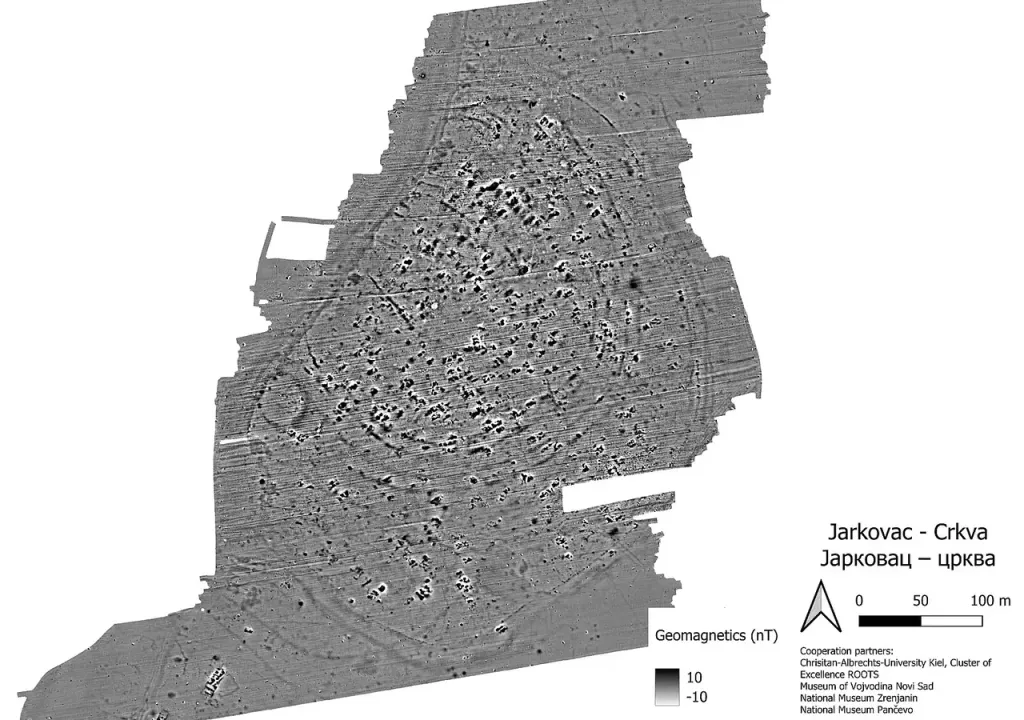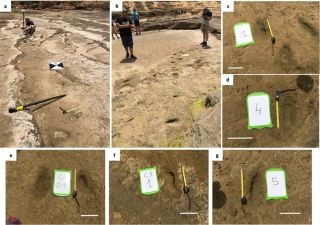Researchers discover a large Neolithic settlement in Serbia dating back to 7,000 years ago
Researchers from the ROOTS Cluster of Excellence discover the largest known Neolithic site in the Banat region of Serbia.

Off the back of a local tip-off, a team of German and Serbian researchers headed up by co-team leaders Fynn Wilkes (a ROOTS Cluster of Excellence doctoral student) and Kata Furholt (from the Institute of Prehistoric and Protohistoric Archaeology at Kiel University) discovered a 7,000 year-old Neolithic settlement in Serbia.
The Neolithic period
A critical juncture in human history, the Neolithic Period (or New Stone Age) saw the foundation of permanent settlements, the establishment of agricultural methods, and the emergence of increasingly sophisticated cultures. The Neolithic period is thought to have begun at around 10,000 B.C. in an area known as the Fertile Crescent. During this time hard stone tools were shaped by grinding and polishing, as opposed to chipping and refining soft rocks.
Because Neolithic communities learned to grow crops (particularly cereals) and rear livestock, hunting, wild foraging, and fishing were no longer a necessity. During this time there was a distinct transition from food-gathering to food-producing communities, those which serve as the precursor to modern day agricultural communities. With no need for nomadism or hunter-gathering, people of the Neolithic could spend time pursuing more specialised crafts and activities.
Large structures representing changing religious and ceremonial customs were also built. The Late Neolithic was a pivotal period in the evolution of human culture, laying the groundwork for the succeeding Bronze Age.
The Vinča culture
The Neolithic site was discovered near Jarcovac village located in the Central Banat District of Serbia. The team used geophysical methods to map the 11 to 13-hectare site and its surrounding four to six ditches. The site is of great archaeological importance as it represents one of the largest known Late Neolithic settlements present within the Banat region of Serbia.
The researchers used radiocarbon dating to analyse surface materials at the Neolithic site, which dated to between 5400 and 4400 BCE. In light of this finding, the site was deemed likely to have been inhabited by the Vinča culture. The Vinča culture is considered to be the earliest civilisation in Europe, one that preceded the Sumerians in the practice of metallurgy–mining copper ores–and produced artefacts that may represent the earliest form writing in the world.
The researchers unearthed examples of pottery (red in hue) and vessels, as well as other artefacts. Further excavations are hoped to shed light on possible relationships with the site and others in the surrounding area.








